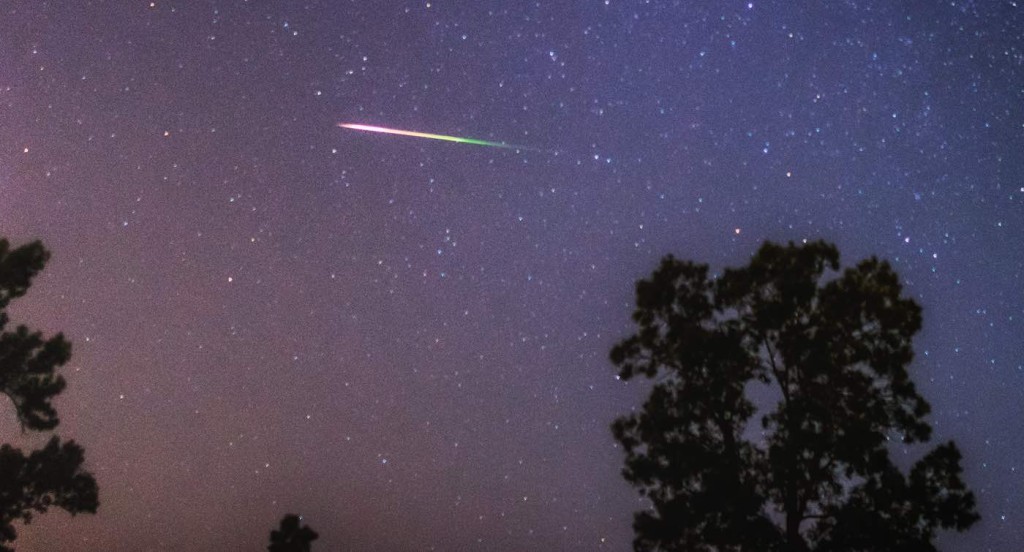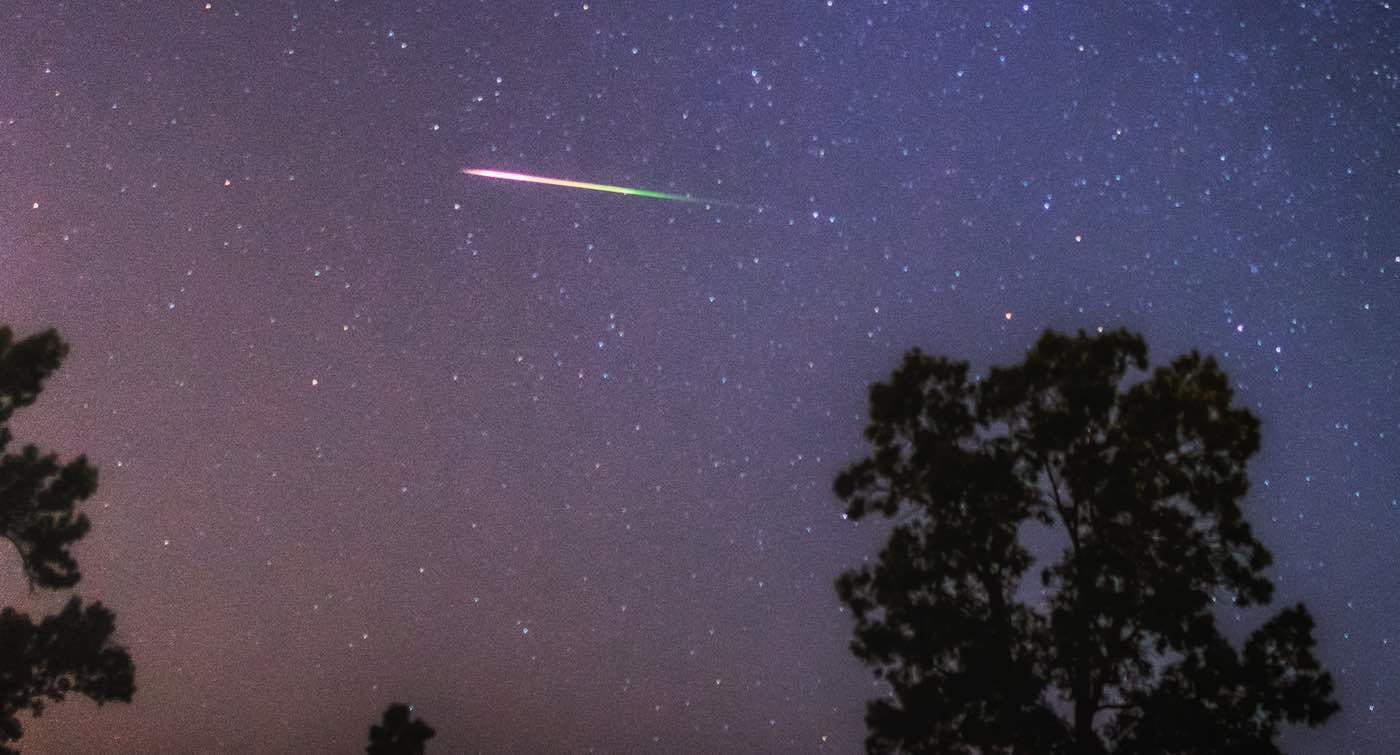
The most prolific meteor shower of the year will be at its peak on the morning of August 12th, when 150 shooting stars can be seen per hour in the Northern Hemisphere.
The meteors are called the Perseids because they appear from the general direction of the constellation Perseus, but in more modern times have shifted to radiate on the border between Cassiopeia and Camelopardalis.
According to Valerie at Space Tourism Guide, the Perseids Meteor Shower is caused when the Earth passes through a stream of debris left by the Comet 109P/Swift-Tuttle.
Special conditions permit us to see the debris every August, even though the comet has a 133-year orbit around the Earth.
In a slight case of misfortune, there will be a quarter Moon in the sky that night, meaning in already light-polluted areas with few stars in the sky, the Moon will make it slightly more difficult to see the meteorites.
However if one can position themselves in a rural-enough area with dark skies and plenty of visible stars, our solitary satellite won’t dampen the meteor shower too much at all. In fact, it might even make for a spectacular image.
There are a few other additional events in the night sky this month, such as a close approach of the Moon and Mars on August 27th. They will appear just 5° apart, and both be present in the skies surrounding the constellation Taurus.
For those interested in learning more about their cosmic environment, or as a great crash course for little ones on how to find the Red Planet in the sky, this is a great opportunity.
On the YouTube channel Learn the Sky, there’s a great guide for how to find Taurus in the night sky. Convenient to this article, it’s just under Perseus where the meteor shower will arrive from this month. Also included in the Taurus sector is a famous deep-space object known from ancient times called the Pleides, also known as the Seven Sisters.
SHARE This Great Stargazing Opportunity With Your Friends On Social Media…




















